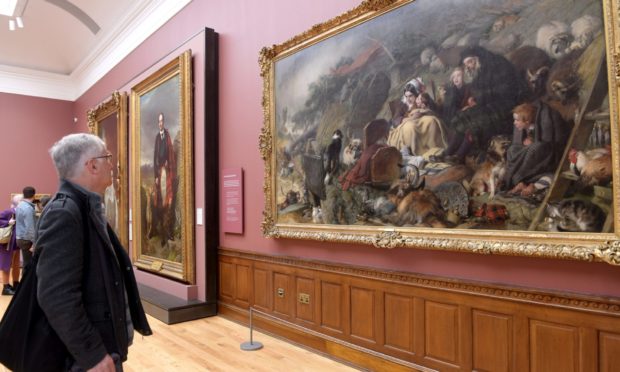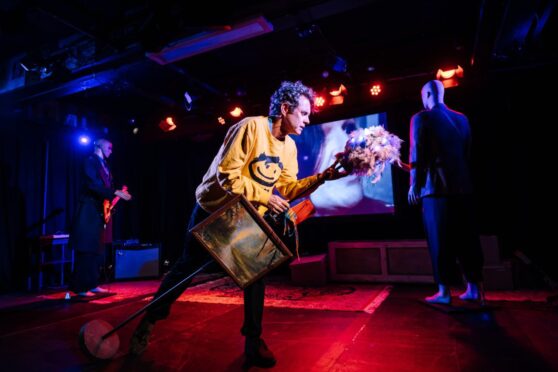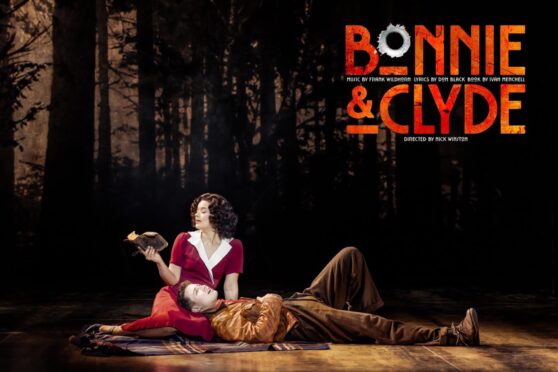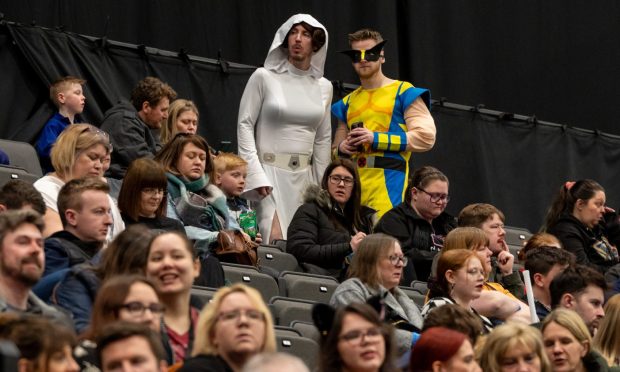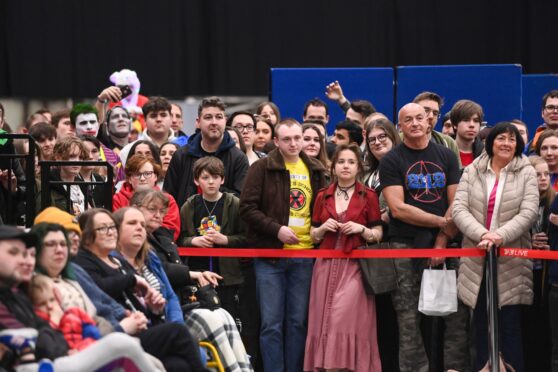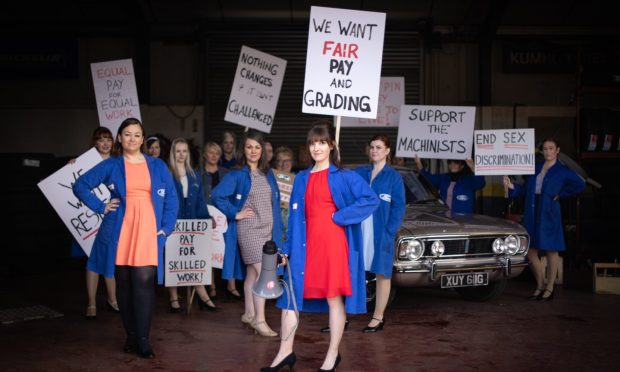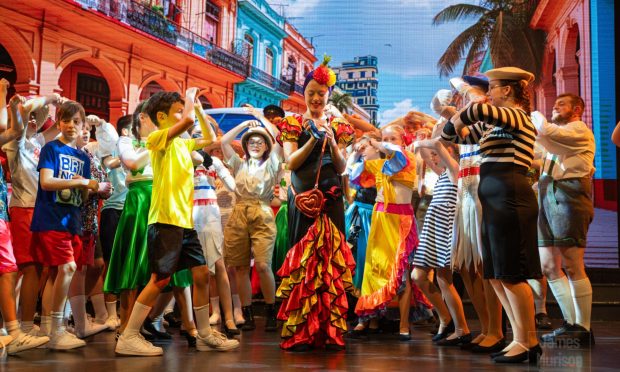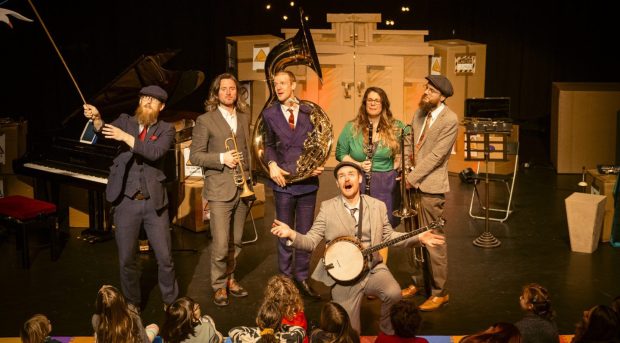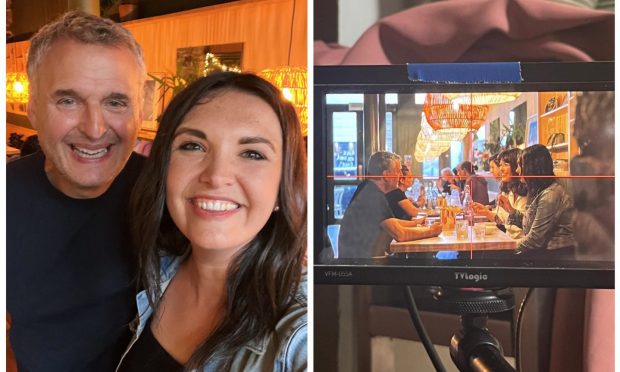While Scotland’s museums and galleries may be closed due to the pandemic, many of their wares are still very much accessible.
A raft of organisations across the country have introduced virtual equivalents, letting families “visit” and peruse the attractions online.
National body Museums Galleries Scotland is also calling on parents and teachers to use the resources for home-schooling activities and to simply keep youngsters entertained during the coronavirus lockdown.
Some of the attractions include an initiative from Aberdeen Art Gallery and Museum, which has implemented virtual tours of some of its most popular facilities.
Visitors can receive guided audio tours of the main art gallery and Maritime Museum, hearing all about some of the key pieces in the collections.
It has also uploaded a series of art workshops, talks and musical workshops.
A collection of online winter talks will begin at Gairloch Museum in the Highlands this week.
On Wednesday, archaeologist Adrian Cox will take to video-conferencing platform Zoom to discuss the 14th Century fortress Tantallon Castle.
And even further north, Shetland Museum And Archives has developed a series of free online activities to help children learn more about the past.
This includes a task with sample questions to ask grandparents – “or any other VIP” – what life was like when they were young.
Lucy Casot, chief executive of Museums Galleries Scotland, said: “While their doors may be closed, many of Scotland’s much-loved sites have created tours, events, and activities online, so that they can continue to welcome people remotely to enjoy their collections.
“With home learning a reality for many again we are proud that museums and galleries are playing an active part to support parents, teachers and carers with home schooling activities and learning.”
